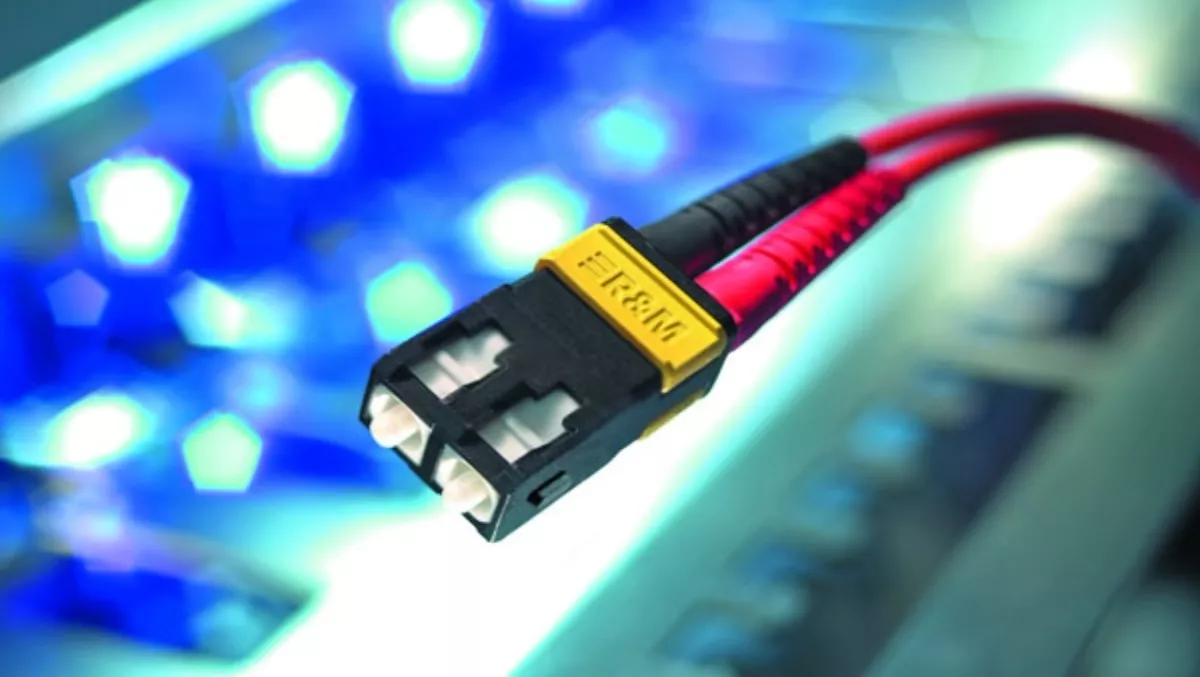Over 100,000 end users in urban areas are now able to connect to the Ultra-Fast Broadband network, reaching the milestone 16 months after the project started.
Releasing the latest quarterly report on the government’s Ultra-Fast Broadband (UFB) and Rural Broadband (RBI) programmes, Communications and Information Technology Minister Amy Adams says good progress continues to be made on a project that will ultimately transform New Zealand’s connectivity.
The report shows that over 1000 schools now have access to fibre under both programmes, with 14 of the country's most remote schools now connected to faster broadband.
As well as a rise in UFB numbers, a further 55,000 rural homes and businesses have access to improved fixed wireless broadband through Vodafone, and 23,000 users through Chorus have enhanced fixed-line services.
Adams says more than 2400 customers have already made the decision to subscribe to a fibre-based service under the UFB programme, which is in line with government expectations and overseas experiences.
“This indicates gradual early stage uptake, which is to be expected at this phase of the build, with only a few retail products so far on offer," she says.
"We expect uptake to increase markedly as the build reaches greater completion.
“The deployment of this digital technology is one of the largest and transformative infrastructure projects ever to be undertaken in New Zealand.
"UFB covers 33 towns and cities, and involves thousands of kilometres of fibre being laid over an eight-year period.
“Taking fibre direct to businesses, schools, hospitals and households will bring significant gains for productivity, innovation and global reach.”
With the combined efforts of the UFB and RBI programmes, Adams say 97.8% of Kiwis will have access to faster broadband.
By July next year about 235,000 premises are to be covered by the UFB network, and more than 100,000 rural homes and businesses will have access to faster broadband as part of the proposals.


